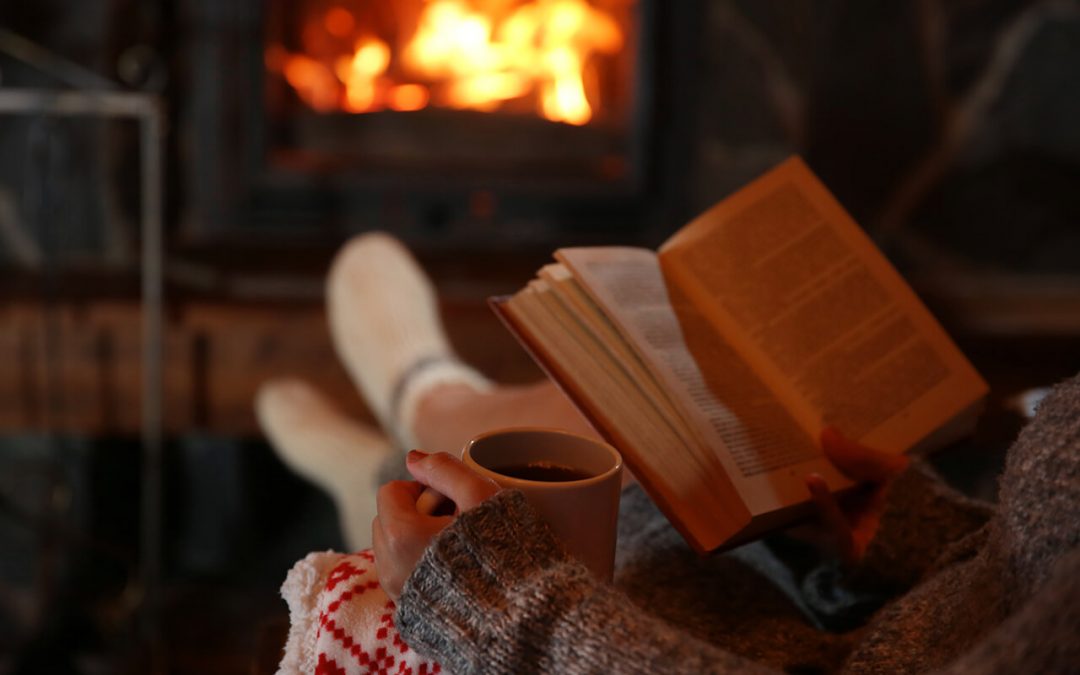According to This Old House, fireplaces and chimneys cause 42% of house fires every year. Properly prepare your fireplace for the first fire of the season.
Hire a Chimney Sweep
You need to have your chimney swept before you begin using your fireplace, and then again any time you experience signs of clogging, like smoke coming into your house. This is one of the most important tasks to prepare your fireplace for its first use.
Have Your Safety Equipment Ready
Have all of your safety equipment for your fireplace ready before using it. This includes a carbon monoxide detector, a smoke detector, and a fire extinguisher. Test the batteries in the detectors and the expiration date of your fire extinguisher as a part of your fall home maintenance. A fire screen is also helpful to keep embers contained in the fireplace.
Remove Tree Branches to Prepare Your Fireplace
If you have tree branches hanging over your chimney, cut them back to prevent fires and to allow full airflow.
Inspect the Chimney Cap
Your chimney should have a cap with screening on the sides. The screening keeps out animals, twigs, and leaves. If the chimney cap is missing, damaged, or loose, have it repaired or install a new one.
Check the Chimney to Prepare Your Fireplace
Thoroughly inspect your fireplace and chimney for cracks. The masonry of these features needs to be secure, with no gaps or cracks. If you find any issues, hire a professional mason to fix them instead of applying regular mortar yourself. Regular mortar does not hold up to the heat of a fireplace.
Try the Chimney Damper
When using the fireplace, the damper should open and close freely. Prepare your fireplace by trying to open and close the damper. Remove any debris that is restricting its movement.
Prepare the Woodpile for Your Fireplace
One other important part of preparing your fireplace for use is setting up your woodpile. You may be inclined to set it right beside the house, but this is a mistake. The woodpile will naturally attract termites and other pests. Instead, place the woodpile away from your house on a platform off the ground. Cover the top of the woodpile with a tarp and leave a bit of overhang. Also, leave the sides open so they can vent.
Hardwoods, like oak, are the best to burn. Softer woods, like pine, may be cheaper to buy, but they don’t burn as long and add to creosote build-up in your chimney. Creosote can start a chimney fire.
The wood you buy should be seasoned for six months or longer. Fresh cut green wood does not burn properly.
You will have a safe and warm winter at home when you take the time to prepare your fireplace for its first use of the season.
Morgan & Associates Inspection Services provides home inspection services to Middle Georgia. Contact us to schedule an appointment.

